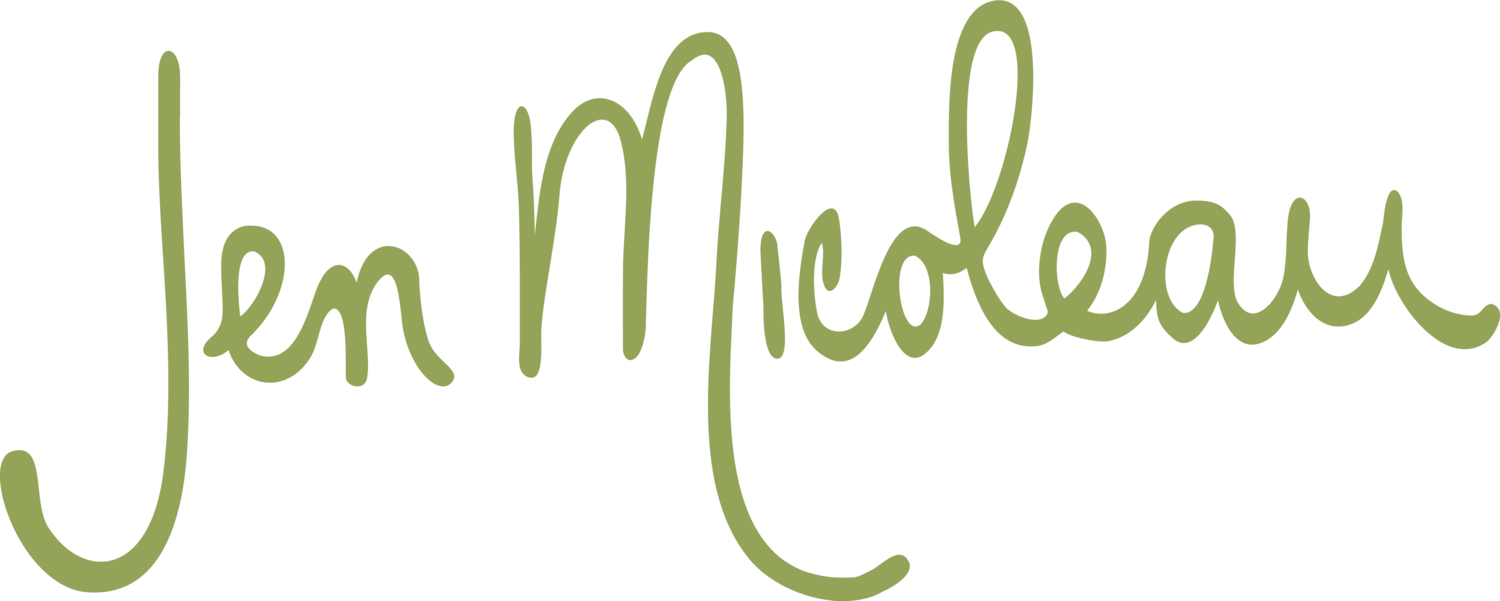Primary skills that are present in every exercise. You should be able to deconstruct each exercise into these components:
Breathing
Capacious inhale. Ribcage has 80 joints. Open all of them at once. Fill the bottom of the bucket first. Fill up lungs like a parachute or an umbrella. Build uniform development of the lungs and the muscles of the rib cage through the inhale.
Access the inhale through the exhale. Look for the soft tissue of the waist where there are no bones except the lumbar spine. On the exhale, corset the waist to engage all the layers of the abdominals. Like the rings of a tree, start with the bark, go in towards the second ring and then further still to the third ring. These represent the 3 layers of the abdominals: External obliques, internal obliques and the Transverse Abdominus. EXHALE OUT EVERY LAST ATOM OF BREATH UNTIL LUNGS ARE AS EMPTY AS A VACCUM.
How the abs work
The abdominals support the organs and the spine. They push the air out. They are the primary exhale muscle. They are the key to centering, integrating and providing core support.
Positions of the pelvis
Tucking and arching and neutralizing
Exercises that shed light on the client's strength around the abs in relationship to the pelvis:
Knee folds: single and double
Rib cage arms: single and double
Don't worry so much about the angle of the knee or if the leg muscles are working. Focus on if the pelvis shifts in space. Only move so far as the legs and arms do not pull on the spine and pelvis.
Flexion of upper spine
Exhale and corset the waist; find the abdominal support first. Then lift the head and the upper rib cage. The rib cage must come up high enough to free the neck. Lift upper rib cage ABOVE the abdominal wall. Only until the tips of the shoulder blades. Arms ok to stay down by hips.
Flexion of lower spine
Extension
Prone. Hands ok to be further forward by ears instead of shoulders. Elbows bent. Follow a bug up a wall. Rib cage comes up with the head. Lift one bone at a time off of the mat.
Spiraling/rotation
Knee sways. Pelvis goes with the knees. Look for a spiraling action that starts at the head and runs down into the tail.
Seated with pelvis stable and feet flat, arms by the side. Turn the head, then the rib cage. Again, spiraling comes through the entire body from head to the tail.
Lateral flexion
Seated with the pelvis stable and feet flat, arms by the side. Tilt the head first, then continue to side bend the spine.
